Beneficial Insects vs. Pests: What’s the Actual Difference?
Beneficial Insects vs. Pests: What’s the Actual Difference?
It seems like most insects we find serves some kind of greater purpose. Some eat more troublesome insects, some pollinate our gardens, and some just seem to fly around without a care in the world. In a general sense, we can group common insects into two main camps: beneficial and pest. The difference between the two seems obvious; pest control is for pests, not for the insects that actually help us. But how much crossover is there between the two groups? And what exactly differentiates a pest from a completely beneficial insect? Let’s find out!
What Do Beneficial Insects Do?
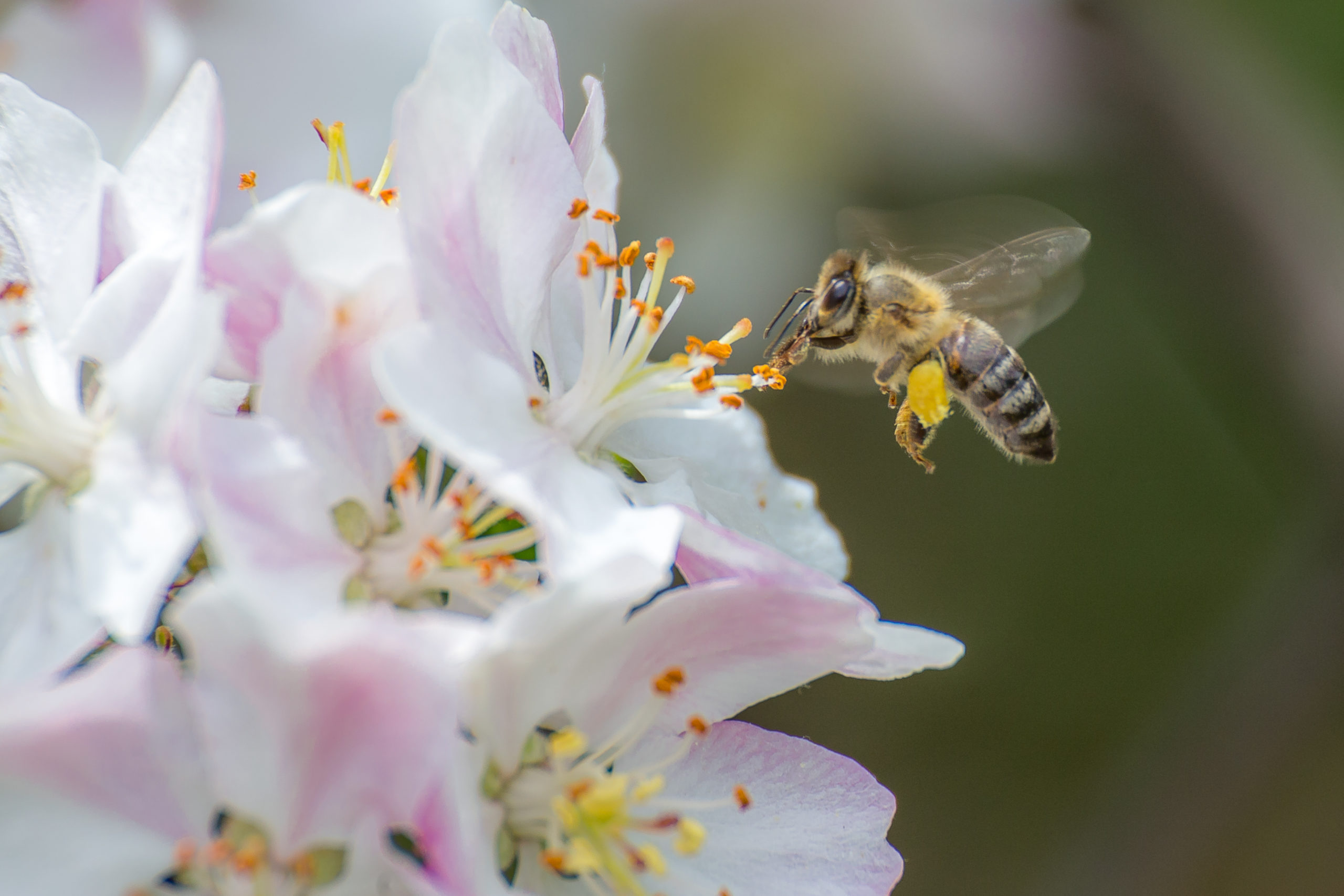
First of all, let’s talk about beneficial insects. This seems to be a pretty loose term on the surface, since you could make a case for just about any insect being beneficial in some way. But by beneficial, we mean an insect that truly makes a positive impact on our gardens and backyards. They do not seek out our blood for food or destroy our plants and homes. They are perfectly fine with sticking to their insect-based diets and harmless homes. There are actually three main groups of beneficial insects, each one providing a very helpful service to us and the ecosystem as a whole.
1. Pollinators: The main reasons why this group is so beneficial is all in the name. Pollinating insects pollinate and fertilize flowering plants, which is a mutually beneficial experience. When they gather the pollen and spread it around, it allows the plants to grow more easily and deeply. It’s a productive experience that causes the plants to fertilize, which in turn will later produce seeds and fruit. On the other side of it, the pollinating insect gets food for itself and its colony. Bees in particular really benefit because they use the pollen and nectar they gather to manufacture delicious honey. Pollinators are definitely beneficial insects in every sense of the word. Without them, our beautiful greenery and flowers wouldn’t have nearly the abundant lives they do, and we wouldn’t get to enjoy the invigorating sight and smells of flowers.
2. Predators: This is an ominous title, but not to worry: predatory insects are not predators of humans. These beneficial insects prey upon the smaller insects that we would actually classify as pests. Predatory insects may eat other materials instead of their insect brethren, but that is usually only in cases of desperation and scarcity of their primary food source. The most popular meals among predators are small plant-eating pests, like aphids, caterpillars, and spider mites. If we didn’t have predatory insects in our environment, our gardens would be overrun with pests intent on destroying our plants and flowers for their own meals. Some predatory insects will fly or crawl around looking for their prey, while many others will stay on the actual plants because they know their favorite meal is lurking in the area.
3. Parasites: This is a lesser-known category of beneficial insects, but it is still important in the overall ecosystem. When we think of typical parasites, we usually think of tiny, gross bugs that latch onto us and suck out our blood. But parasitic insects that are actually beneficial only do this practice on other insects. Basically, parasitizers will lay their eggs on top of or in larger insects that we usually classify as pests. This way, their hatchlings will have food as soon as they enter the world. The parasite is more aggressive and defensive than the other insect, which is how they are able to make their egg-hatching site in a living creature.
Different kinds of plants correlate in many different groups and species of insects. So the more diverse your plant collection is, the more assorted your beneficial insects will be. This doesn’t necessarily mean that having a ton of insects in your yard is a great thing in general, it just means that you can expect to find a larger variety of insects if you have many different plants.
Popular Beneficial Insects
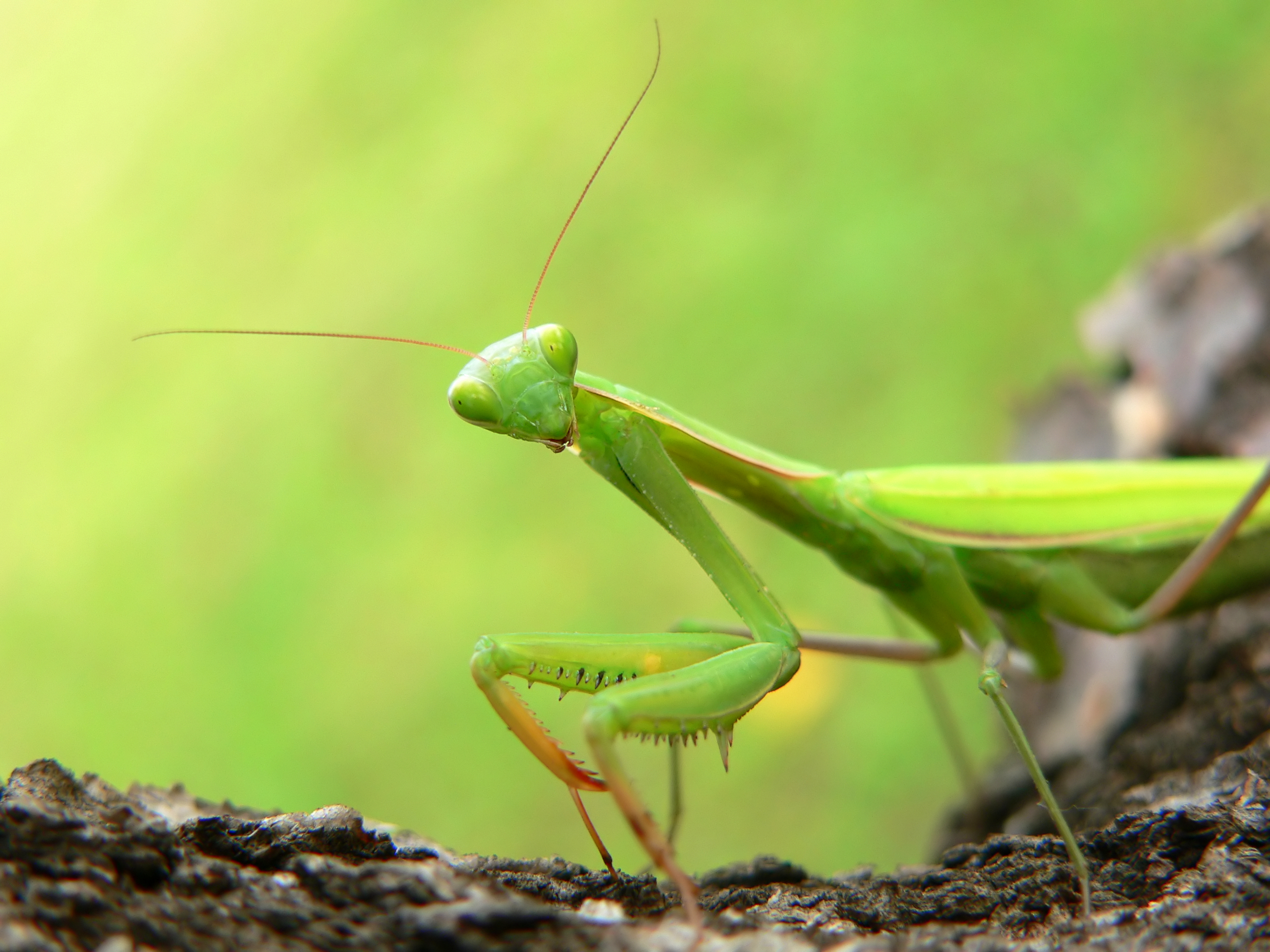
You likely came up with at least one insect that would fit into each one of these categories. There are tons of insects that fall under the umbrella of beneficial insect, but we’ll just mention the ones that you are more likely to come across in U.S. yards.
Pollinators is the most obvious category; most insects you see near flowers are pollinators and stay near their beloved pollen. Bees (honeybees, bumble bees, carpenter bees), wasps, butterflies, moths, flies, and certain beetles all provide pollination for our plants and flowers. Whether all of them do it on purpose or not is up for debate, but it still helps us nonetheless. Bees and butterflies are probably the most productive pollinators because they actively want to pollinate, so they gather more than some other insects. Their fuzzy bodies definitely help, since pollen collects much more easily on them than on smooth insect shells.
Predators are a mixed bag, as some of the insects look scary enough to be predators while others do not. Many types of beetles are predators, as well as praying mantids. These are the more obvious ones due to their size and clear “weapons” they use to catch their prey. But one that you may not have originally placed in this category is the ladybug. This adorable insect is actually an aphid’s worst nightmare, since ladybugs consume them starting all the way back in the larval stage. Ladybugs, or ladybird beetles, are docile towards larger creatures, but they definitely have the appetite to save our plants from pesky aphids.
Parasitic beneficial insects are less obvious because they tend to stay hidden, not to mention the lesser known locations of their horrific egg sites are tucked away. The main type of common parasitizer are wasps, of which there are a couple varieties we see. One is parasitic wasps, which have a convenient name. They typically lay their eggs in caterpillars, providing their babies with a hearty meal as soon as they hatch. Another type is trichogramma wasps, which use a more horrifying method of being parasites to other insects. They actually lay their eggs on top of other insects’ eggs! This still provides meals for the new wasps, but it is arguably more morbid than the typical beneficial parasite.
Everything in Moderation
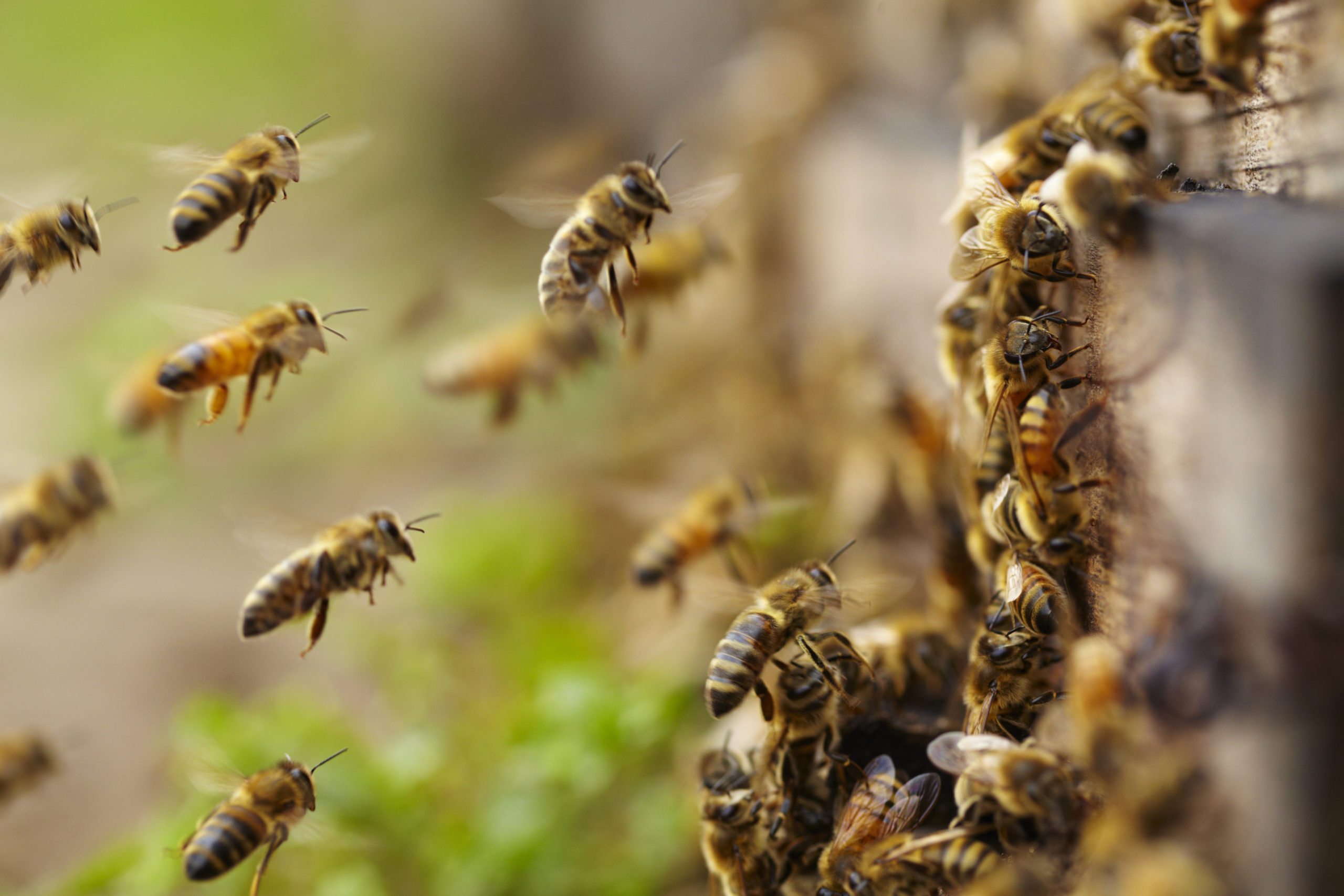
By looking at this list, you may notice that some of these beneficial insects aren’t so helpful all the time. Any kind of wasp or stinging insect is a problem when they build their nest on or near our houses and get defensive when our family comes near it. Spiders are great for pest control, but they become a problem when they bite us or produce tons of little spider babies as a new generation of nightmare creatures. One random spider in the garden isn’t a big deal, especially if it keeps to itself and helps with pest control outside. So just like anything good in life, beneficial insects and arachnids are only helpful in moderation. There’s a huge difference between a ladybug chomping on aphids and a swarm of wasps zooming throughout our backyard, preventing us from enjoying our own space.
The driving difference between beneficial insects and pests is the type of impact they have on us, especially in our own homes. Since we now know how much beneficial insects actually help us, it’s necessary to determine why a pest is so much more annoying and bothersome.
What Do Pests Do?
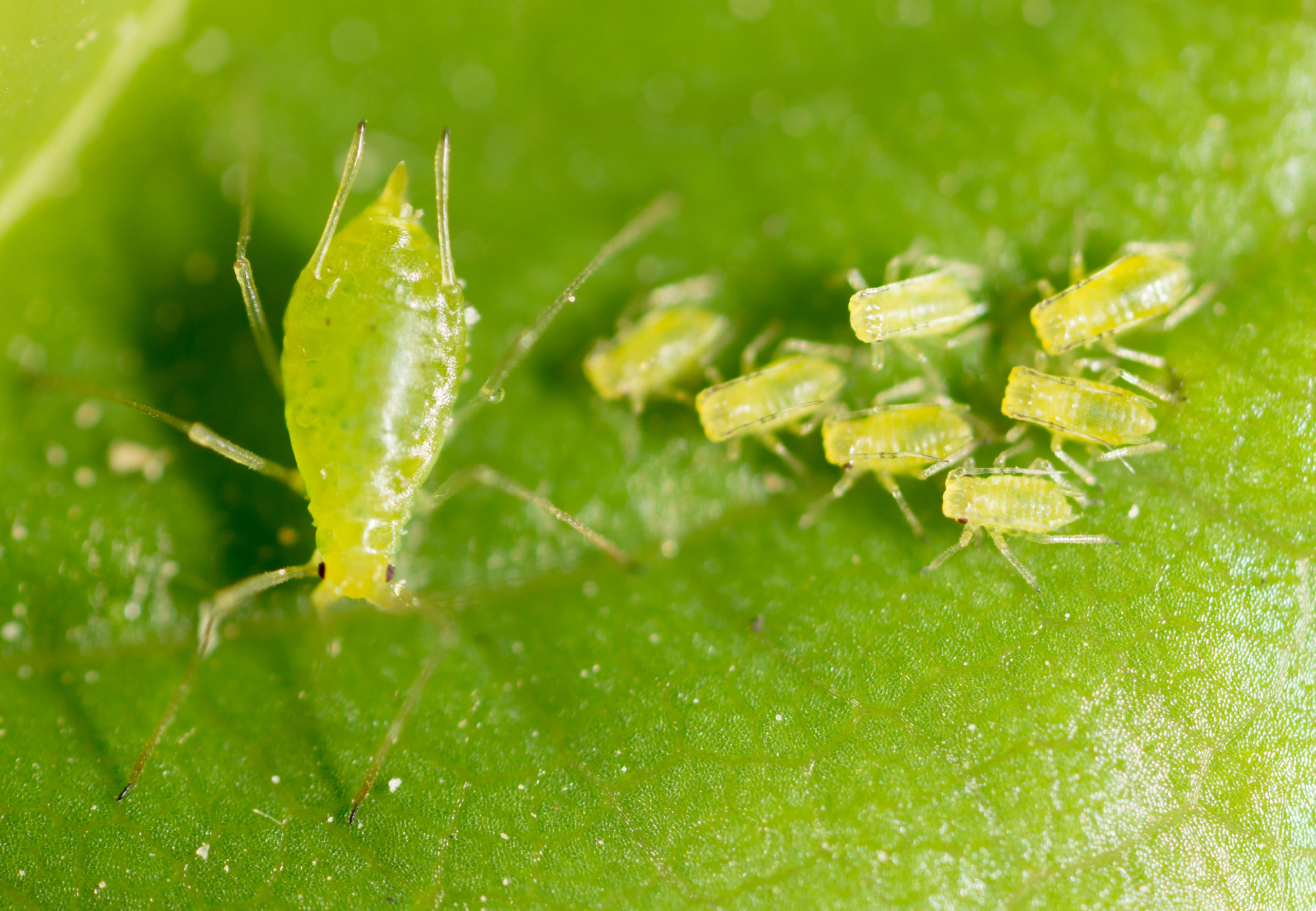
A pest is one of those strange terms where we know what it is, but it’s difficult to put into words exactly what it means. It’s typically classified as an insect or rodent that gets in our space, but then, couldn’t every backyard creature be defined as a pest if that’s our criteria? Well, there are a few different characteristics that set a pest apart from just any insect we see in our lifetimes.
For one, pests are pests because they cause damage to something that belongs to us. This could be our food, walls, plants, eaves, clothing, or our general wellbeing. Pests ruin different items by using them as their own food, shelter, or bathroom (gross!). Anything that puts holes in your sweaters or gnaws through your beloved houseplant leaves is definitely a pest. Another factor of a pest is that they threaten our food supply. This is in reference to both eating crops and getting into our dried goods in our pantries. Food is a non-negotiable essential of life, so any small creature that’s competing with us for our designated food is certainly a pest. A third reason is that they eat through our plants that we want to protect. Critters living in our lawns and trees may go unnoticed if they don’t cause a ton of damage, but one that leaves holes in our garden plants and ruins our flowers is a persistent pest.
Another major reason that a specific creature is a pest is if it consumes blood. These pests are some of the most dangerous, not for the bite itself, but because of what can be passed through the bite. Blood-sucking pests can transmit all kinds of diseases, and the worst part is that you don’t see them coming most of the time. This is the driving point, especially combined with the previous reasons, to the general statement about pests: pests make our lives worse because they conflict with our everyday lives. Think of any pest infestation you’ve seen in your life; they weren’t fun experiences that left you wishing it would happen again.
Pests also require pest control in order to be properly taken care of. Pest control is a general term that refers to an action taken in order to eliminate a pest problem. It can mean calling in professional pest control services who often use chemical means to eradicate the pests, but that is not the only kind of control you can use. There is also mechanical pest control, with the use of traps and devices, and biological pest control, with the use of predator-versus-prey relationships that occur in nature. One thing is for sure: if you have a pest problem in your home or business, pest control is definitely needed. Even if the problem is isolated to your garden or landscaping, plants are at risk for being attacked by pests in every life stage, so it’s important to help your little green friends as well.
Prevalent Pests
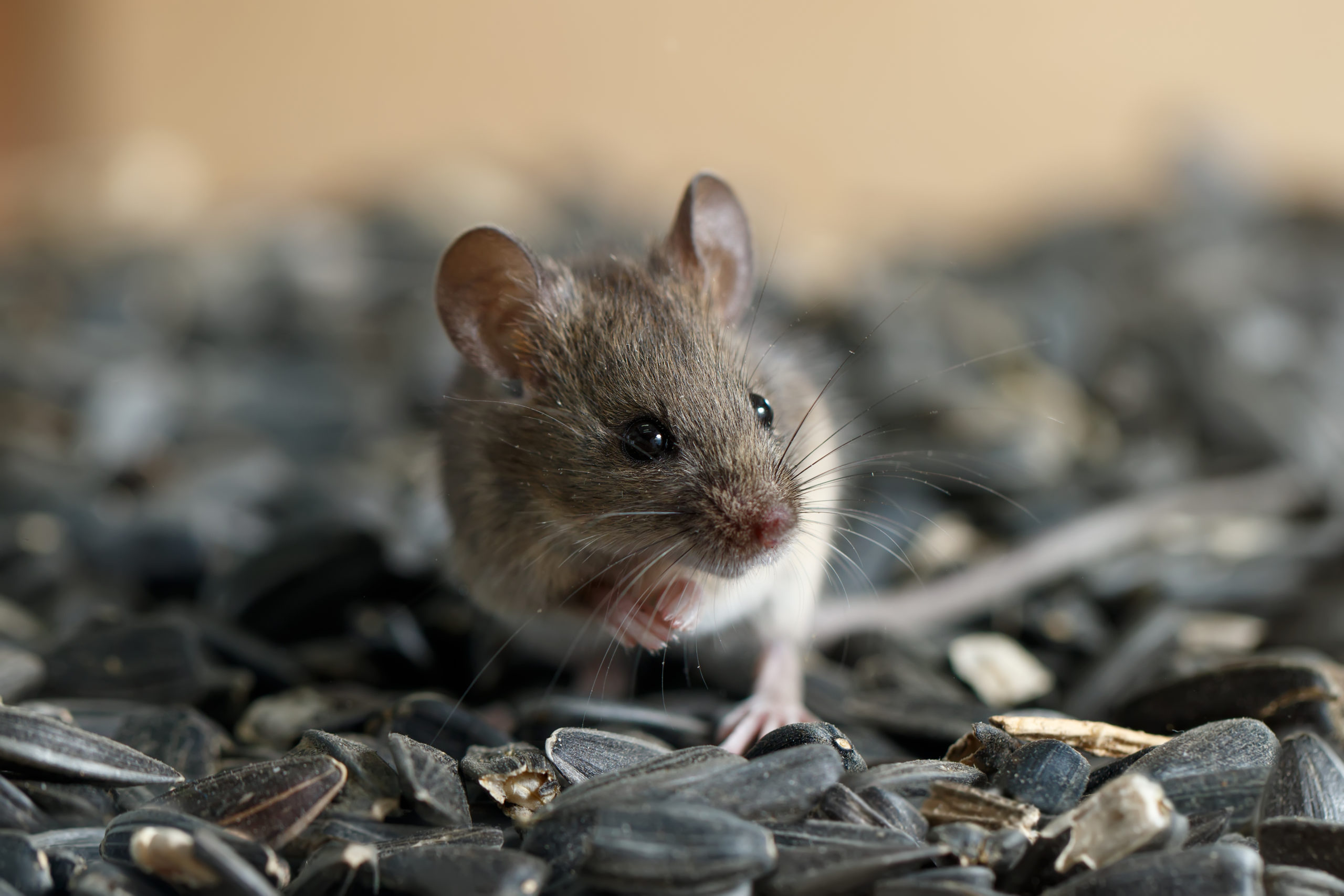
Many different creatures can become pests if they are persistent and abundant enough. But there are definitely some common insects and critters that seem to enjoy making a guest appearance in our spaces where we don’t want them at all. There are two main groups of pests: vertebrates and invertebrates. The main difference between the two is that vertebrates have backbones and invertebrates don’t. Let’s look at some of the most common pests in each category and why they are, by definition, pests to us.
Vertebrate pests are a little less common than invertebrate. This is because insects are invertebrates, so any pests with a backbone are your larger critters. Rats and mice are the most frequent and the most widely treated vertebrate pests. They cause major problems since they can and do chew through anything, carry diseases and bacteria, and reproduce insanely quickly. Anyone who has had a rodent infestation will tell you it’s a frustrating and traumatizing experience. Larger vertebrate pests also include possums, squirrels, bats, birds, raccoons, skunks, and rabbits. These ones are usually only handled by animal control, so we recommend contacting them if you have a persistent problem with these large pests.
Invertebrate pests, on the other hand, are handled by just about any pest control company and are more common problems for homeowners, no matter where in the country you live. Invertebrate pests are insects, spiders, and mollusks, and you can pretty much always find at least a few if you look hard enough in your backyard. Some of the most popular invertebrate pests are ants, spiders, ticks, snails, slugs, aphids, wasps, mosquitoes, bed bugs, roaches, cutworms, moths, and flies. There are many different sub-species within each of these that you may also be familiar with, like fire ants and whiteflies, but the general pests are well-known by humans everywhere and usually not for a good reason. Pests in general are drawn to reliable food, water, and shelter, just like any living creature, but invertebrate pests have the advantage of being so small that they can fit a colony in a tight space. This is also why they are so annoying to try to get rid of and prevent in the first place. But pest control, in whatever capacity that means for you, exists so that you can enjoy your space free of tiny pests who are intent on invading your home regardless of what you think.
Our Pest Control Protects the Ecosystem
As we mentioned earlier, professional pest control is just one kind of defense against pests, but it is the most effective. Our experienced technicians know how to properly eradicate any kind of pest problem you have without the use of harmful chemicals. Our EPA-approved treatments are used to get rid of problem pests, not every beneficial insect in the area. Contact us today to find out how you can live a pest-free life, while still reaping the benefits of beneficial insects.
Citations
Beneficial insects. (n.d.). Cedar Circle. Retrieved May 24, 2022, from https://cedarcirclefarm.org/tips/entry/beneficial-insects
Carman, D. (2017, February). Beneficial insects in the garden. PennState Extension. Available at https://extension.psu.edu/programs/master-gardener/counties/york/native-plants/fact-sheets/beneficial-insects-in-the-garden (Accessed on May 24, 2022).
Grantham, R. & Arnold, D.C. (2017, February). Beneficial insects. OSU Extension. Available at https://extension.okstate.edu/fact-sheets/beneficial-insects.html (Accessed on May 24, 2022).
Pests and pesticides in agriculture. (2016, September 16). PennState Extension. Retrieved May 24, 2022, from https://extension.psu.edu/pests-and-pesticides-in-agriculture
Sweetser, R. (2022, January 24). Beneficial insects in the garden. Almanac. Available at https://www.almanac.com/beneficial-insects-garden (Accessed on May 24, 2022).
What is a pest?. (n.d.). Purdue University Extension. Retrieved May 24, 2022, from https://extension.entm.purdue.edu/radicalbugs/index.php?page=what_is_a_pest
Request a Free Quote Today
(We do not share your data with anybody, and only use it for its intended purpose)


